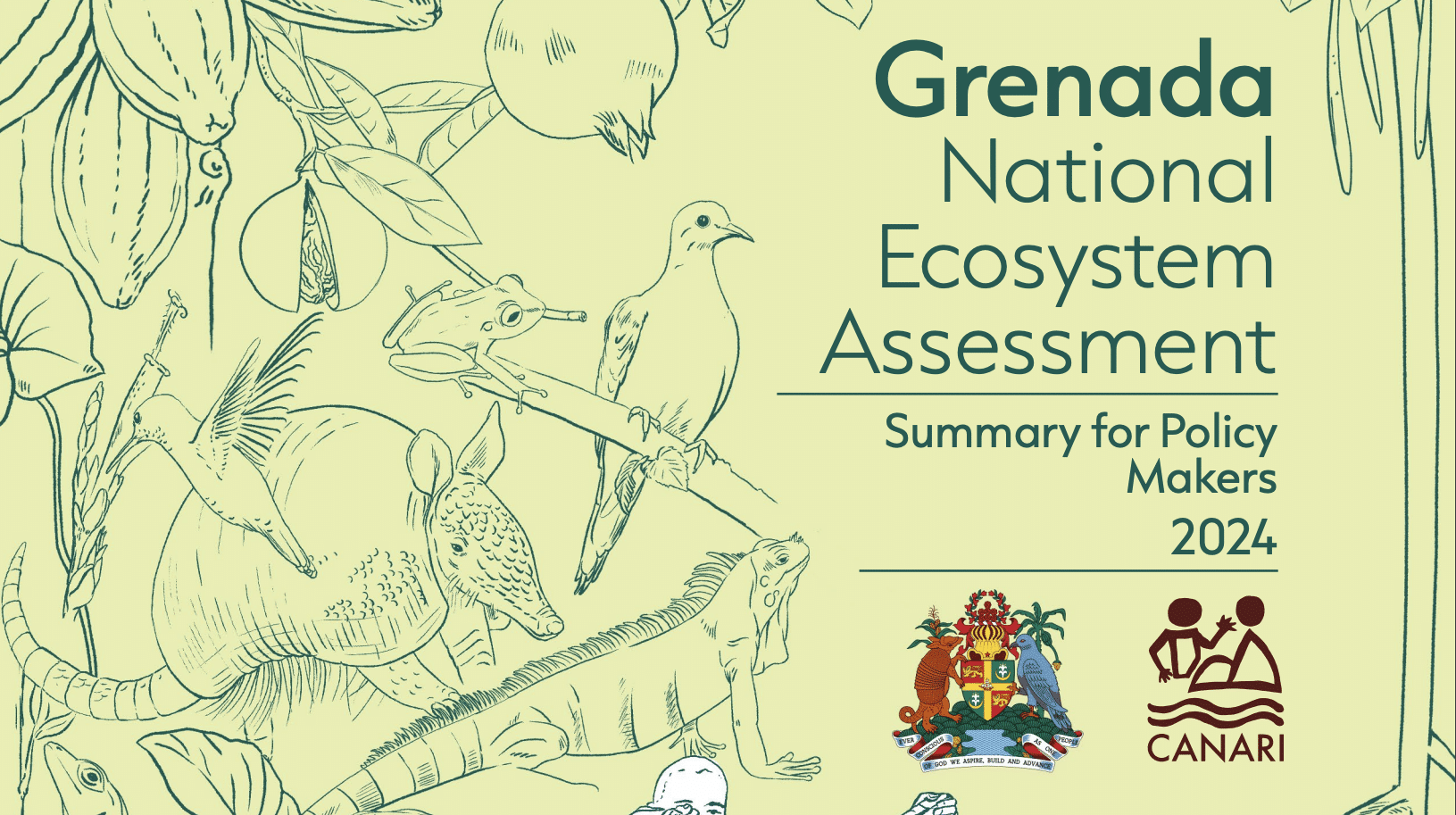Abstract The Eurasian lynx is of special conservation concern based on the European Union&apos’s Habitat Directive and its populations need to be maintained or restored at favourable conservation status. To evaluate lynx population status, appropriate monitoring needs to be in place. Did we model the distribution dynamics of lynx in the Alps (200 000 km2) during 1994?2014 at a resolution of 100 km2. Lynx distribution and detection probability varied by year, country, forest cover, elevation and distance to the nearest release site. Occupancy of neighbouring quadrats had a strong positive effect on colonization and persistence rates. Our analyses demonstrate the importance of accounting for imperfect detection: the raw data underestimated the lynx range by 55% on average, depending on country and winter. Over the past 20 years, the Alpine lynx range has expanded at an average rate of 4% per year, which was partly due to the lynx translocations to new areas. Our approach to large? scale distribution modelling and analysing trends using site occupancy models can be applied retrospectively and is useful in many cases where a network of trained people is established to report the presence of target species, for example, in Europe where member states of the European Union have to report conservation status of species of community interest. Hence, dynamic occupancy models are an appealing framework for inference about the large? scale range dynamics based on opportunistic data and a useful tool for large? scale management and conservation programmes.





































































































































































































































































































































































































































































































































































































































































































































































































































































































































































































































